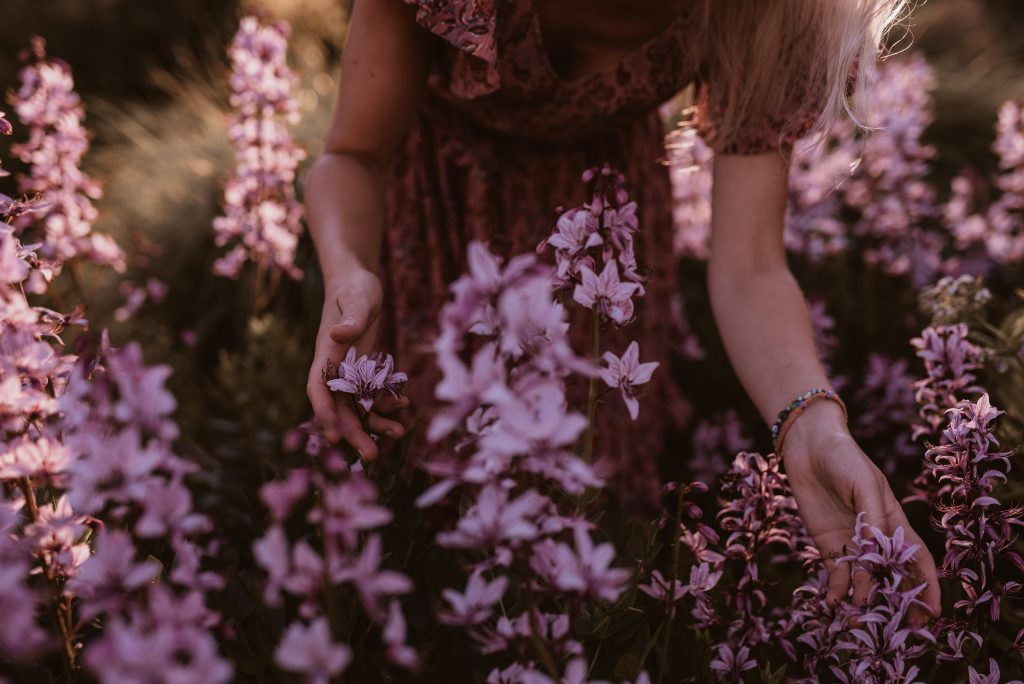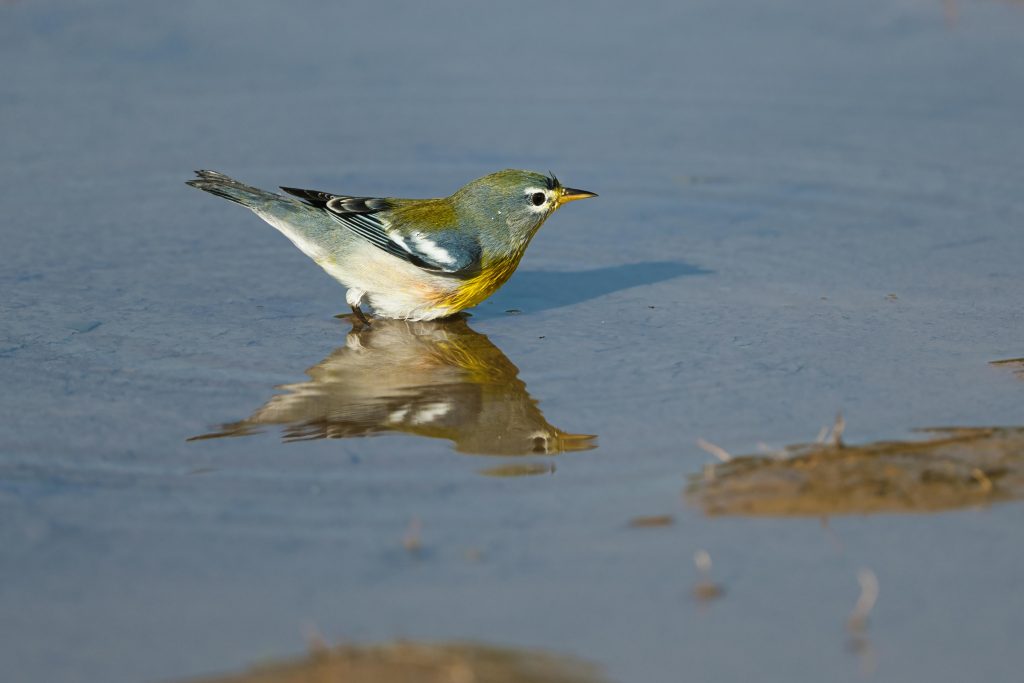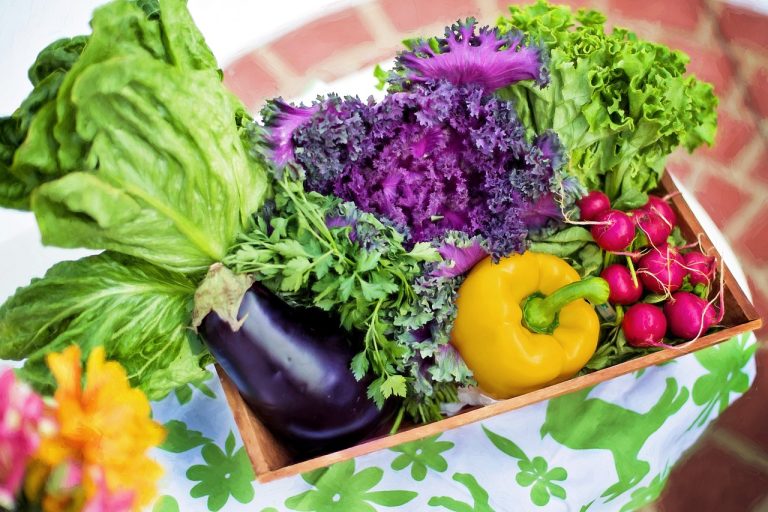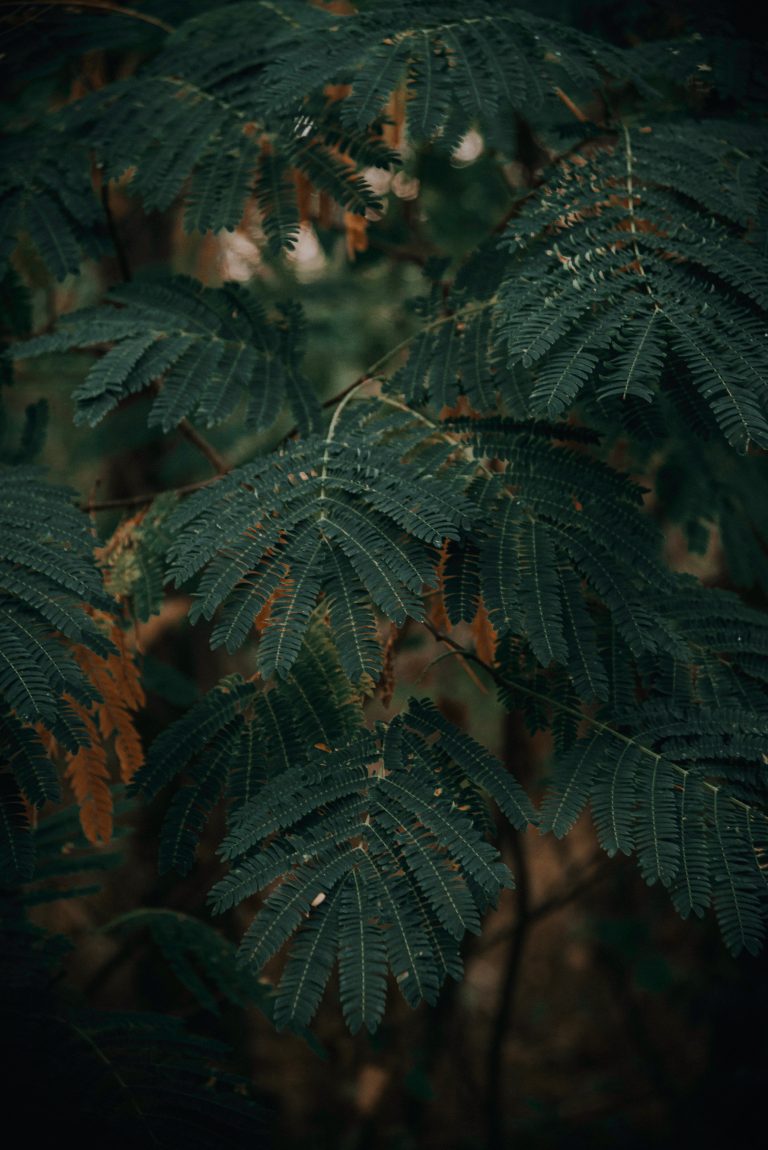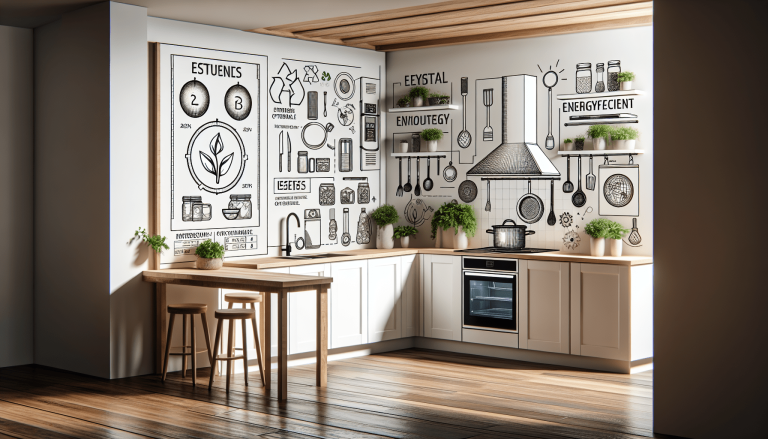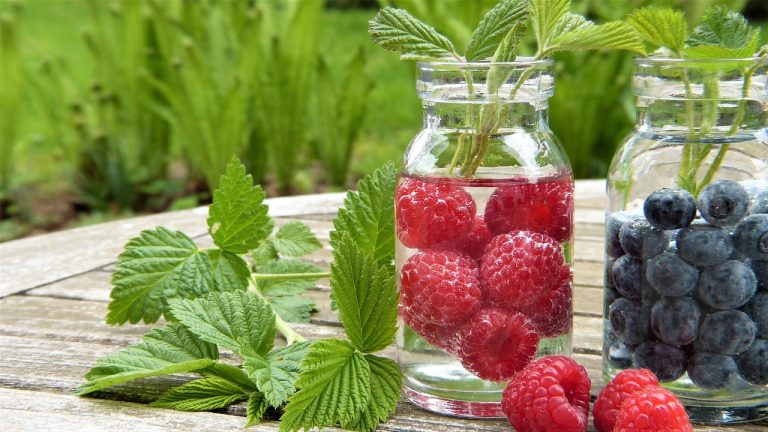If you’re wondering how to create a haven for wildlife in your own backyard, you’ve come to the right place. With simple yet effective steps, you can transform your garden into a thriving ecosystem that attracts a wide variety of wildlife. From providing food sources and shelter to creating a diverse range of habitats, there are endless possibilities to making your garden the wildlife-friendly oasis you’ve always dreamed of. So, let’s embark on this exciting journey together and discover the wonders that await as we explore the ways to make your garden a paradise for wildlife.
Table of Contents
ToggleProvide Shelter
Creating shelter in your garden is essential for attracting wildlife. By planting native trees and shrubs, you can provide a comfortable and familiar habitat for birds, insects, and other small animals. Native plants are well-suited to your region’s climate and soil conditions, making them easier to maintain and more attractive to local wildlife. Additionally, consider creating a brush pile where animals can seek refuge and find protection from predators. This simple addition can make a big difference in attracting a diverse array of wildlife to your garden. Lastly, installing birdhouses and bat boxes provides shelter for these flying creatures and encourages them to take up residence in your garden.
Add Water Features
Water is a vital resource for all living creatures, and having water features in your garden can significantly enhance its wildlife-friendliness. Installing a bird bath provides birds with a place to drink, bathe, and cool off during hot summer days. Make sure to clean and refill the bird bath regularly to ensure it stays hygienic and inviting. You can also create a small pond, even if it’s just a shallow one, to attract various aquatic species and provide them with a place to breed and thrive. Additionally, including a shallow dish with water specifically for butterflies is a thoughtful touch that can attract these elegant insects to your garden.
Grow Native Plants
When selecting plants for your garden, it’s important to choose species that are native to your region. Native plants have evolved alongside the local wildlife, providing them with the necessary food sources and habitat. These plants are generally more resistant to local pests and diseases, reducing the need for harmful chemical treatments. Avoid planting invasive species, as they can crowd out native plants and disrupt the natural balance of your ecosystem. Aim to create a diverse habitat by incorporating plants of different heights, textures, and flowering seasons, ensuring a continuous supply of resources for wildlife throughout the year.
Plant Wildflower Meadows
Creating a wildflower meadow in your garden is a beautiful way to attract pollinators and support their populations. Choose a sunny area and prepare the soil by removing any existing vegetation and loosening the top layer. Scatter a mixture of native wildflower seeds, ensuring a variety of species that bloom at different times to provide a continuous nectar source. Wildflower meadows not only provide a visually stunning display but also offer food and habitat for bees, butterflies, and other pollinators that play a crucial role in plant reproduction. Remember to let the flowers go to seed and avoid mowing until late autumn to encourage their reseeding for future years.
Leave Dead Wood
Contrary to popular belief, leaving dead wood in your garden can be incredibly beneficial for wildlife. Fallen branches and logs provide natural hiding spots and shelter for insects and small mammals. These decaying structures act as microhabitats, attracting beetles, spiders, and many other fascinating creatures that play essential roles in the ecosystem. By creating log piles or simply leaving fallen branches in a designated area, you’re offering crucial habitat for a variety of wildlife. Not only does it provide shelter, but it also contributes to the nutrient cycle as the wood breaks down over time.
Avoid Chemicals
To create a safe environment for wildlife, it’s important to use organic gardening methods and avoid the use of pesticides and herbicides. These harmful chemicals can disrupt the delicate balance of your garden’s ecosystem and pose a threat to beneficial insects, birds, and other wildlife. Embrace natural pest control methods, such as introducing beneficial insects, attracting pest-eating birds, and practicing proper garden maintenance techniques. By reducing or eliminating the use of chemicals, you’ll create a healthier and more welcoming space for wildlife to thrive.
Provide Food Sources
A diverse range of plant species that produce fruits and seeds is essential for attracting and supporting wildlife in your garden. By including a variety of plants with different bloom times, you can ensure a continuous supply of food throughout the year. Nectar-rich flowers are especially important for pollinators like bees and butterflies, as they rely on these sugary energy sources. Consider setting up bird feeders with different types of birdseed to attract a variety of bird species to your garden. Additionally, creating insect hotels provides shelter and nesting sites for beneficial insects, further contributing to the biodiversity of your garden.
Create Wildlife Corridors
Connecting your garden to nearby green spaces is an effective way to create wildlife corridors that allow animals to move freely and find food, shelter, and mates. Planting hedges and hedgerows around your garden can serve as natural boundaries and provide vital habitat for a range of wildlife, including birds, hedgehogs, and insects. These linear habitats can act as wildlife highways, enhancing the movement and diversity of species in your area. Furthermore, creating pathways such as stepping stones or low fences can help guide wildlife through your garden, ensuring they have easy access to neighboring habitats.
Build a Bee-friendly Garden
Bees are essential pollinators that contribute to the reproduction of numerous plant species. To attract and support these buzzing creatures, incorporate flowers that are attractive to bees into your garden. Choose plants with open petals and landing pads, making it easier for bees to access pollen and nectar. It’s also important to provide nesting sites for solitary bees, which do not live in colonies like honey bees. They often nest in hollow stems, so leaving some suitable nest sites, such as bamboo tubes or plant stems, can encourage these gentle pollinators to take up residence in your garden. Lastly, be mindful of the pesticides you use as some can be harmful to bees and other beneficial insects.
Invite Butterflies and Moths
Butterflies and moths add a touch of enchantment to any garden. To attract these delicate creatures, focus on planting specific host plants that caterpillars rely on for food. By including these plants, you’ll provide shelter and food sources for these larvae, allowing them to grow into beautiful butterflies or moths. Additionally, include a variety of nectar-rich flowers with different colors and shapes to attract adult butterflies and moths. They use their long tongues, called proboscises, to sip nectar from flowers, so having flowers with accessible nectar will help them thrive in your garden. Creating a welcoming environment for butterflies and moths will surely bring joy and beauty to your outdoor space.
By following these tips, you can transform your garden into a haven for wildlife. Providing shelter, water, food sources, and safe habitats will attract a diverse range of creatures and contribute to the overall health of your local ecosystem. Remember, small changes can make a big difference, so start by implementing a few of these wildlife-friendly practices and watch your garden come to life with buzzing bees, fluttering butterflies, and melodious birds. Happy gardening!

